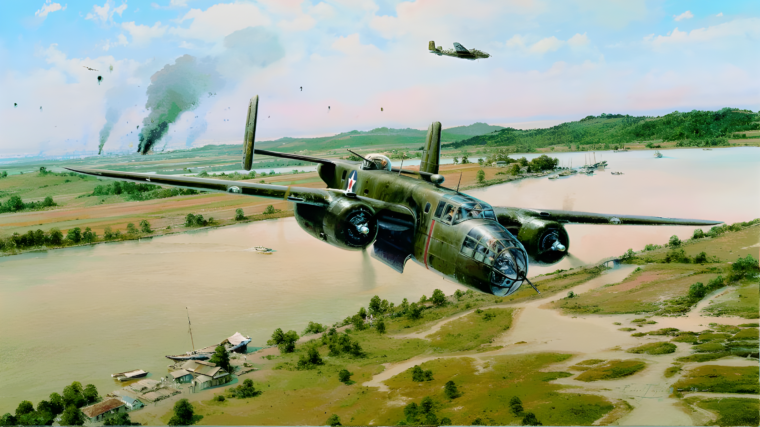
WWII
Pearl Harbor Payback
By John WukovitsPresident Franklin D. Roosevelt sat in his White House study, an aging leader suddenly appearing older and wearier. Read more
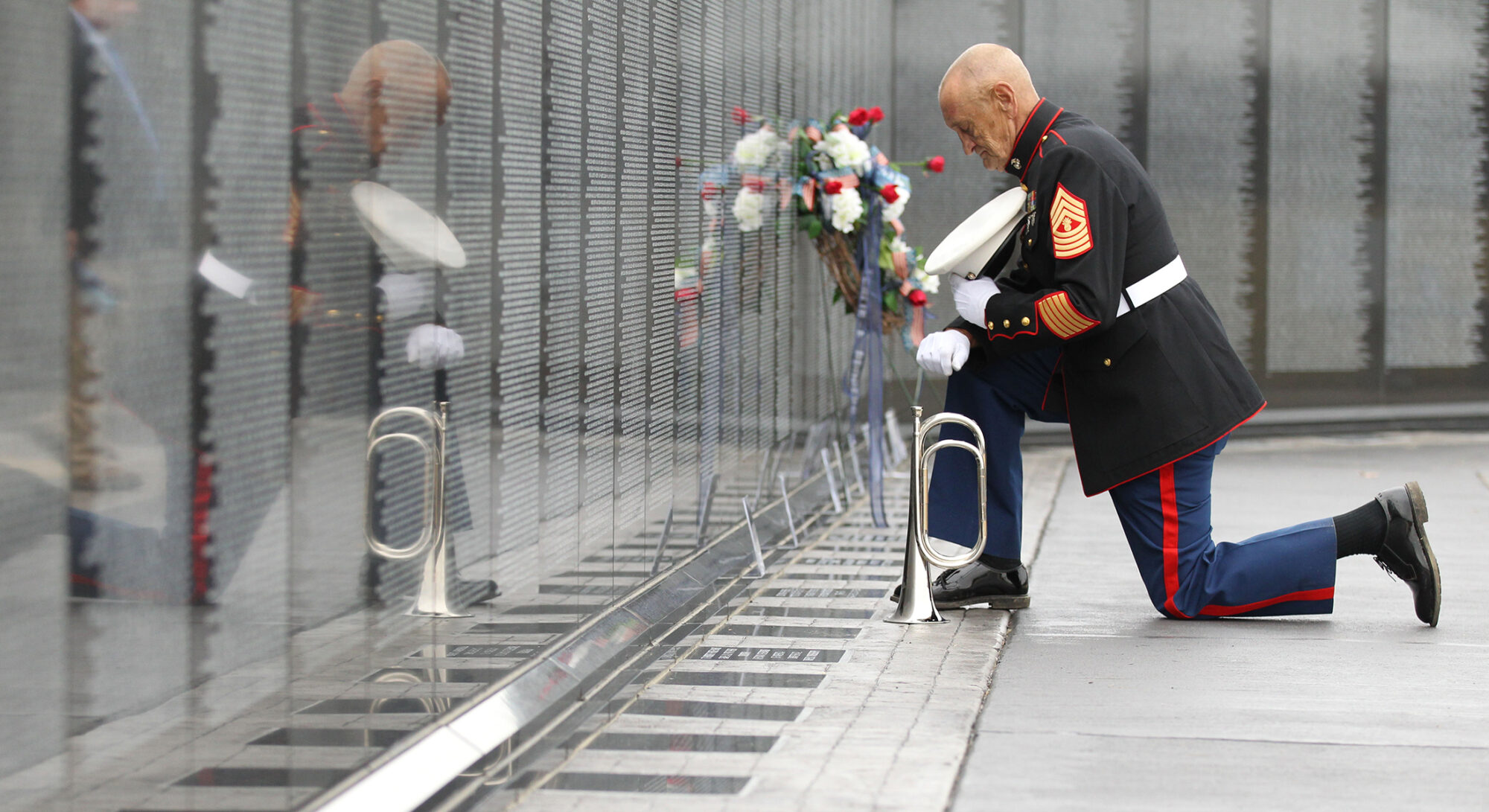
Photo Credit: Sponsored by Tupelo Convention and Visitors Bureau

WWII
President Franklin D. Roosevelt sat in his White House study, an aging leader suddenly appearing older and wearier. Read more
WWII
Dear WWII History:
I would like to put the controversy regarding the “Sten gun carrier” to rest. As a reader of the May 2002 issue correctly noticed, the vehicle depicted on page 37 is not a Sten gun carrier. Read more
WWII
Neutrality. When used in the context of wartime, the word implies a political stance favoring neither side in armed conflict.
However, during World War II, alliances and allegiances seemed as confused at times as the fighting itself. Read more
WWII
Dear Sir:
Just finished reading the March issue of WWII History. It was very factual, especially “Silent Blitzkrieg: The Fall of Eben Emael.” Read more
WWII
When Adolf Hitler sent German troops to Greece to help extricate his Italian allies from an embarrassing situation, he was, in part, repaying a debt to Benito Mussolini for being given a free hand in Austria three years earlier. Read more
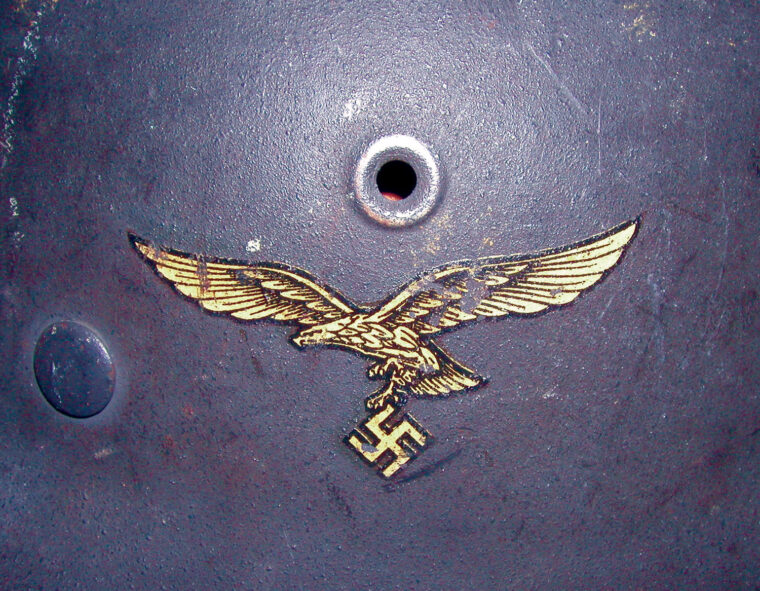
WWII
In the annals of 20th-century warfare the modern combat helmet has easily become one of the most recognizable pieces of battlefield equipment. Read more
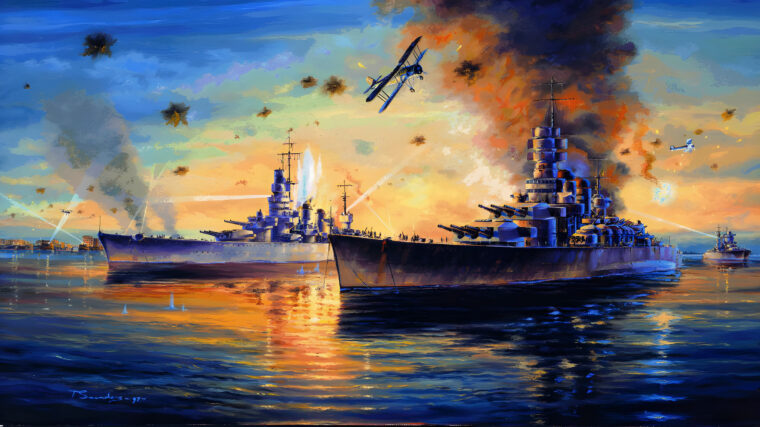
WWII
The flight deck of HMS Illustrious had become a very busy place. Aircraft were being raised to the flight deck, aircraft handlers were attending to their tasks, and on the command deck there was an air of anxiety. Read more
WWII
Dear Editor:
Congratulations on your premier issue of WWII History. I found the content to be interesting, the text informative, and the photographs and paintings to be of fine quality. Read more
WWII
In the title role of the film classic Patton, actor George C. Scott utters words to the effect that fixed fortifications are monuments to the stupidity of man. Read more
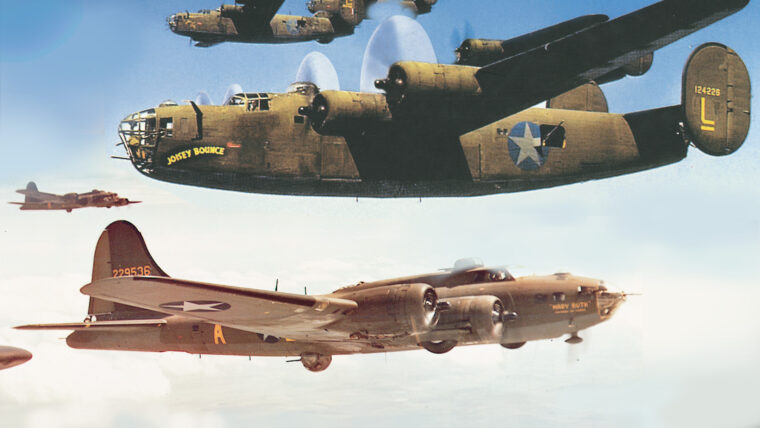
WWII
One of the most frequently discussed arguments to come out of World War II is which was the “better” bomber, the Boeing B-17 Flying Fortress or the Consolidated B-24 Liberator. Read more
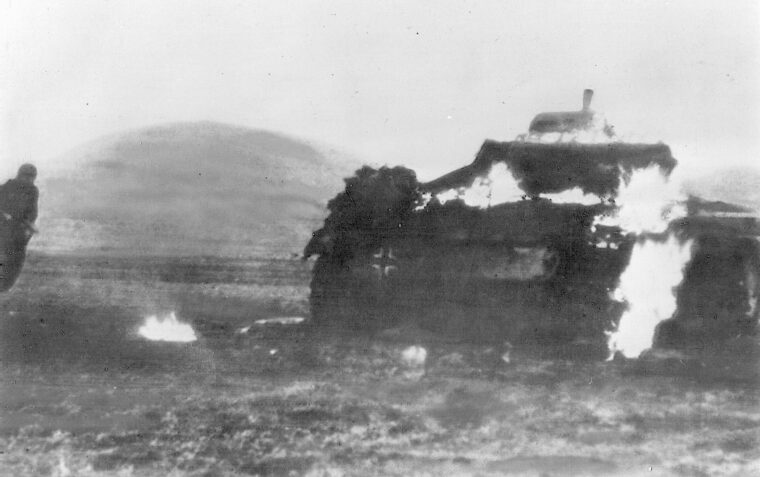
WWII
The North African sky was clear and cold on the evening of February 13, 1943, as American General Dwight D. Read more
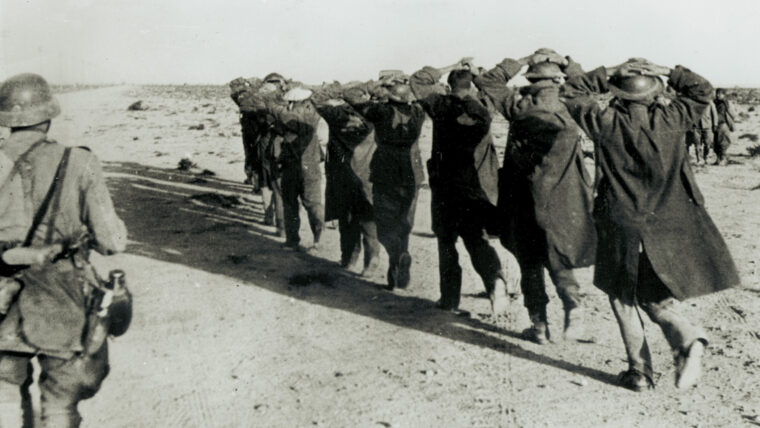
WWII
German Field Marshal Erwin Rommel, renowned as “the Desert Fox,” was a master of mobility and maneuver warfare during the see-saw North African campaign of World War II. Read more
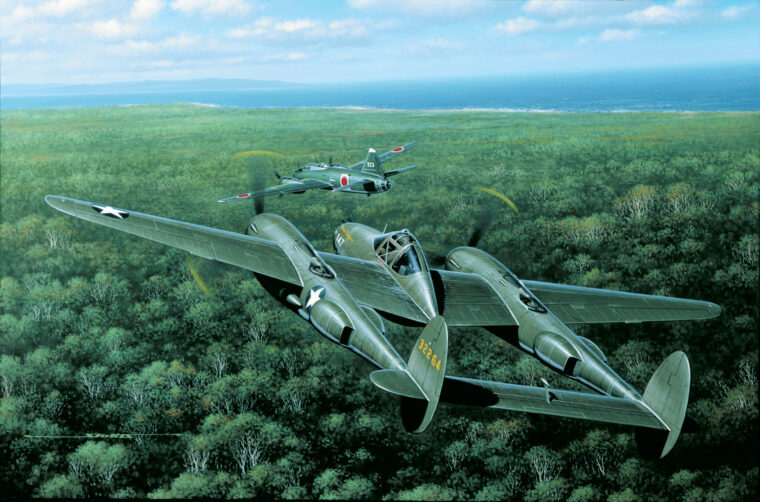
WWII
On the morning of December 31, 1941, Admiral Chester W. Nimitz assumed command of the U.S. Pacific Fleet. Read more
WWII
1939-1945. The world had never seen anything like it. Fifty million dead. Every continent except Antarctica inflamed in some way. Europe, the most powerful continent, overrun with fighting, whole cities, some a thousand years in the making, reduced to rubble. Read more
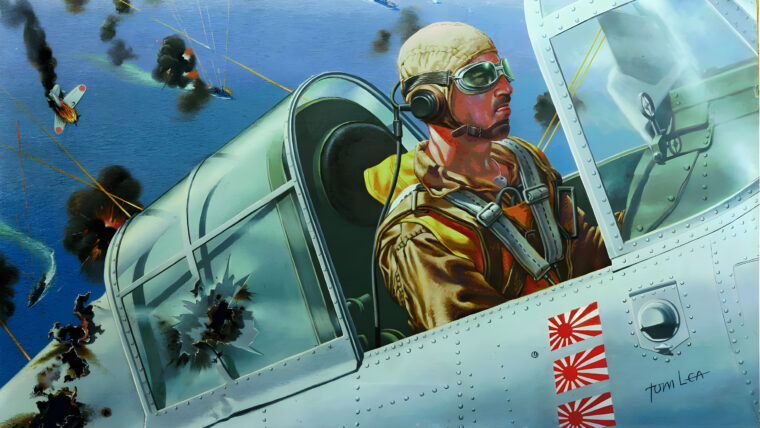
WWII
The seesaw land, air, and sea battles on, over, and around desperately contested Guadalcanal island had been raging since August 7, and still there was no victor. Read more
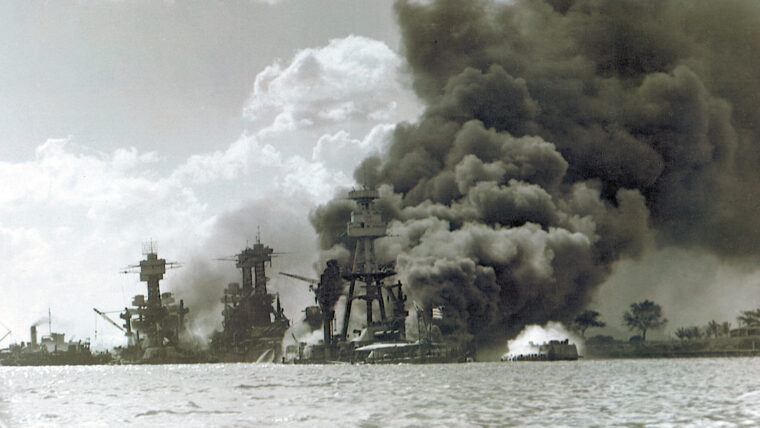
WWII
When Lt. Cmdr. Matsuo Fuchida, commander of the Japanese strike force at Pearl Harbor, arrived over the naval base on the morning of December 7, 1941, the sight that greeted him—enemy battleships resting placidly at anchor—put him in mind of an earlier war. Read more
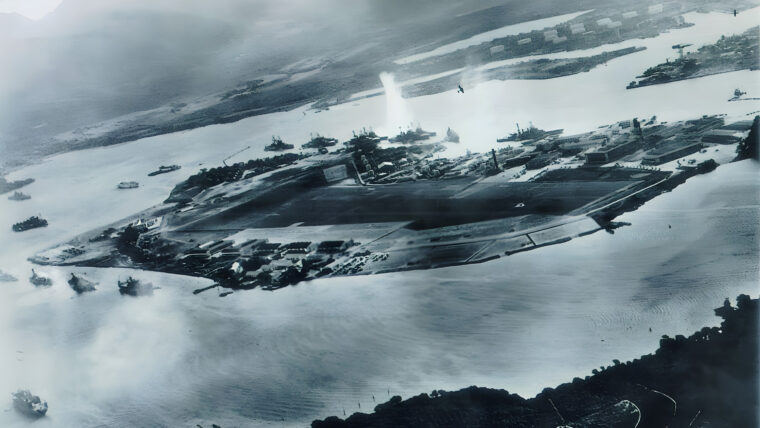
WWII
EDITOR’S NOTE: The following is a work of fiction written as if it were historical fact. It is a chapter in a book of alternate history entitled Rising Sun Victorious (Greenhill Books, London, 2001), which is a compilation of like chapters and was a Main Choice of the Military Book Club and Alternate Selection of the History Book Club. Read more
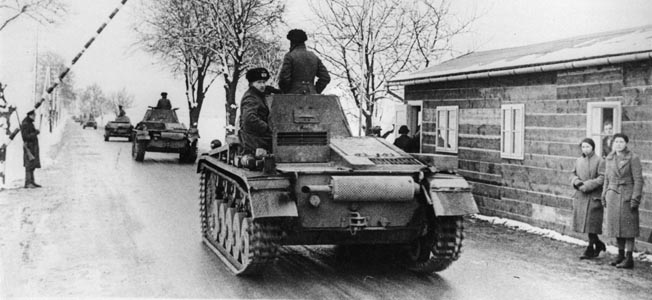
WWII
According to the 1960 memoirs of Henriette Hoffmann von Schirach, Adolf Hitler called Father Josef Tiso, a monsignor in the Roman Catholic Church and premier of Fascist Slovakia, “The little parson.” Read more
WWII
Dear Editors,
I enclose a copy of pages 60 and 61 of your May 2005 issue, which may contain an error. Read more